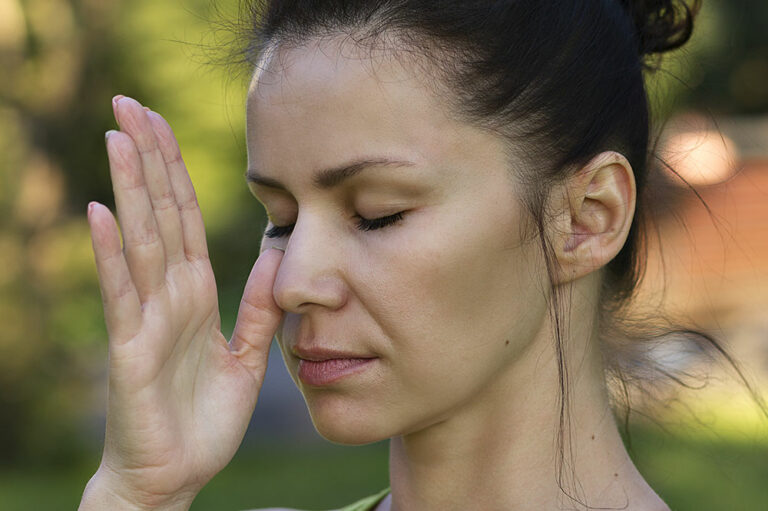
13 warning signs of Huntington’s disease
Huntington’s disease (HD) is a rare neurological disorder that affects the brain’s nerve cells over time. A progressive decline in motor skills, cognitive function, and emotional well-being characterizes it. While the onset of symptoms can vary from person to person, recognizing the warning signs is crucial for early diagnosis and management. Here are some of the key indicators or early warning signs that may signal the presence of Huntington’s disease.
What is Huntington’s disease?
Huntington’s disease (HD) is a hereditary disorder caused by a mutation in the HTT gene, producing an abnormal form of the huntingtin protein. This mutated protein gradually damages certain areas of the brain, particularly the basal ganglia and cerebral cortex, which play crucial roles in regulating one’s emotions, memory, physical actions, and the ability to perform mental tasks, including thinking and decision-making. The condition has been closely linked to diabetes and abnormal changes in one’s glucose metabolism. A physical examination and a blood test often lead to its diagnosis.
Warning signs of Huntington’s disease
Involuntary and jerky movements
Individuals may notice involuntary movements, known as chorea, which often begin subtly and gradually worsen over time. These movements can manifest as cramps, tremors, or other jerky motions that affect the body’s arms, legs, face, and other parts. These movements are often unpredictable, irregular, brief, and may look odd. When the disease is early, a person may simply appear fidgety. If the condition worsens, individuals may lose significant control over their motor functions.
Lack of coordination
A general lack of coordination may not be problematic, but if it is recurring and disruptive, it may indicate HD. Here, individuals may face challenges in walking, driving, multitasking, maintaining balance, and performing everyday tasks. The overall movements may also be slow and rigid. The progressive nature of this neurodegenerative disorder worsens these coordination issues. Stumbling and clumsiness are also physical manifestations of the condition. Lack of coordination may make one more susceptible to physical injury. So, it’s important to address this symptom to maintain independence for as long as possible.
Depression
Individuals affected by Huntington’s disease may experience profound emotional changes, including the onset of depression. This may translate to sadness, hopelessness, lack of interest in hobbies or actions, and a general decline in emotional well-being. Recognizing and addressing depression early on can be crucial for treating Huntington’s disease.
Other mental health conditions
Individuals dealing with Huntington’s disease may also develop other mental conditions. These may include:
- Obsessive-compulsive disorder (OCD) is characterized by intrusive, repetitive thoughts and behaviors
- Mania, or bipolar disorder, involves periods of heightened energy, impulsivity, and euphoria
- delusional disorders, where individuals may experience false perceptions or hallucinations
These symptoms require prompt, professional help. Negligence can worsen its impact on one’s psychological health and make it challenging to manage HD.
A decline in memory and reasoning skills
Huntington’s disease also affects cognitive functions, leading to a decline in memory, reasoning, ability to learn new things, and other mental capabilities. Individuals may experience difficulty concentrating and solving problems. Cognitive decline can interfere with daily activities and impact an individual’s overall quality of life. If left untreated, this symptom may even lead to dementia and require full-time care.
Mood swings
Mood swings are also commonly associated with Huntington’s disease. The neurological changes that happen due to HD often result in sudden and unpredictable shifts in mood. Individuals may experience prolonged or short-lived periods of irritability, frustration, or agitation. Understanding and managing these mood swings are important aspects of navigating the challenges of the disease.
Behavioral changes
Huntington’s disease can cause behavioral changes in those affected by it, making it challenging not only for the individuals but also for their loved ones. These changes can include unrecognizable or out-of-character behavior, apathy, aggression, hostility, stubbornness, or a decline in decision-making abilities. In most cases, HD patients are unaware of these changes. Both mood swings and behavioral changes can strain relationships and make it difficult for affected individuals to engage in social situations.
Speech issues
As the disease progresses, individuals may experience slurred speech, difficulty articulating words, and a decline in overall communication skills. Speech issues can impact daily interactions.
Swallowing difficulties (dysphagia)
Problems with speech and swallowing are common warning signs of Huntington’s disease. Speech may become slurred and difficult to understand while eating or swallowing difficulties can lead to an increased risk of choking on food or lung infections.
Unusual eye movements
Individuals with HD may experience slow and unusual eye movements, which impacts their ability to focus and track objects. These abnormal eye movements are a neurological manifestation of the disease and fall under the motor abnormalities observed in HD.
Seizures
Seizures are another warning sign mainly observed in juvenile-onset HD. Seizures occur when an abnormal electrical activity in the brain leads to various symptoms, from confusion to convulsions.
Muscle wasting
Muscle wasting, or atrophy, is a common symptom of Huntington’s disease. Here, an individual may experience a gradual loss of muscle mass, which can also decrease their muscular strength and endurance. One may also experience fatigue and lack of energy without any lifestyle changes. HD can also weaken one’s immune system and lead to general physical deterioration due to eating difficulties.
Babinski reflex
Reflexes are automatic responses triggered by stimuli in the body. The Babinski reflex, observed in infants and children up to 2 years of age, involves the big toe moving upward and other toes fanning out when the sole is stroked. However, adults or kids over two who exhibit this reflex need professional consultation since it suggests an underlying issue like HD. Apart from HD, other causes of Babinski reflex may include brain or spinal cord injury or any other condition affecting the central nervous system.
As Huntington’s disease advances into its later stages, one may find it increasingly challenging to carry out routine activities. Eventually, the condition, if left untreated, may also necessitate full-time nursing care to ensure the safety and well-being of the affected individual.







